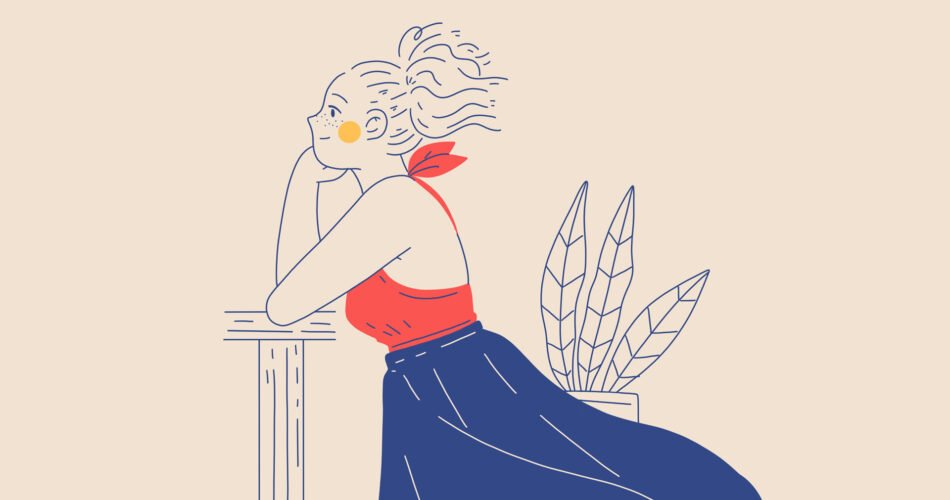Panic disorder
Panic disorder is an anxiety disorder where you regularly have sudden attacks of panic or fear.
Everyone experiences feelings of anxiety and panic at certain times. It’s a natural response to stressful or dangerous situations.
But someone with panic disorder has feelings of anxiety, stress and panic regularly and at any time, often for no apparent reason.

Symptoms of panic disorder
Anxiety
Anxiety is a feeling of unease. It can range from mild to severe, and can include feelings of worry and fear. Panic is the most severe form of anxiety.
You may start to avoid certain situations because you fear they’ll trigger another attack.
This can create a cycle of living “in fear of fear”. It can add to your sense of panic and may cause you to have more attacks.
Panic attacks
During a panic attack you get a rush of intense mental and physical symptoms. It can come on very quickly and for no apparent reason.
A panic attack can be very frightening and distressing.
Symptoms include:
- a racing heartbeat
- feeling faint
- sweating
- nausea
- chest pain
- shortness of breath
- trembling
- hot flushes
- chills
- shaky limbs
- a choking sensation
- dizziness
- numbness or pins and needles
- dry mouth
- a need to go to the toilet
- ringing in your ears
- a feeling of dread or a fear of dying
- a churning stomach
- a tingling in your fingers
- feeling like you’re not connected to your body
Most panic attacks last between 5 and 20 minutes. Some have been reported to last up to an hour.
The number of attacks you have will depend on how severe your condition is. Some people have attacks once or twice a month, while others have them several times a week.
Although panic attacks are frightening, they’re not dangerous. An attack will not cause you any physical harm, and it’s unlikely you’ll be admitted to hospital if you have one.
Be aware that most of these symptoms can also be symptoms of other conditions or problems, so you may not always be experiencing a panic attack.
For example, you may have a racing heartbeat if you have very low blood pressure.
When to get help
See a GP if you’ve been experiencing symptoms of panic disorder.
They’ll ask you to describe your symptoms, how often you get them, and how long you have had them.
They may also carry out a physical examination to rule out other conditions that could be causing your symptoms.
It can sometimes be difficult to talk about your feelings, emotions and personal life, but try not to feel anxious or embarrassed.
You may be diagnosed with panic disorder if you have regular and unexpected panic attacks followed by at least a month of continuous worry or concern about having further attacks.
Treatments for panic disorder
Treatment aims to reduce the number of panic attacks you have and ease your symptoms.
Talking therapies and medicine are the main treatments for panic disorder. Your treatment will depend on your symptoms.
